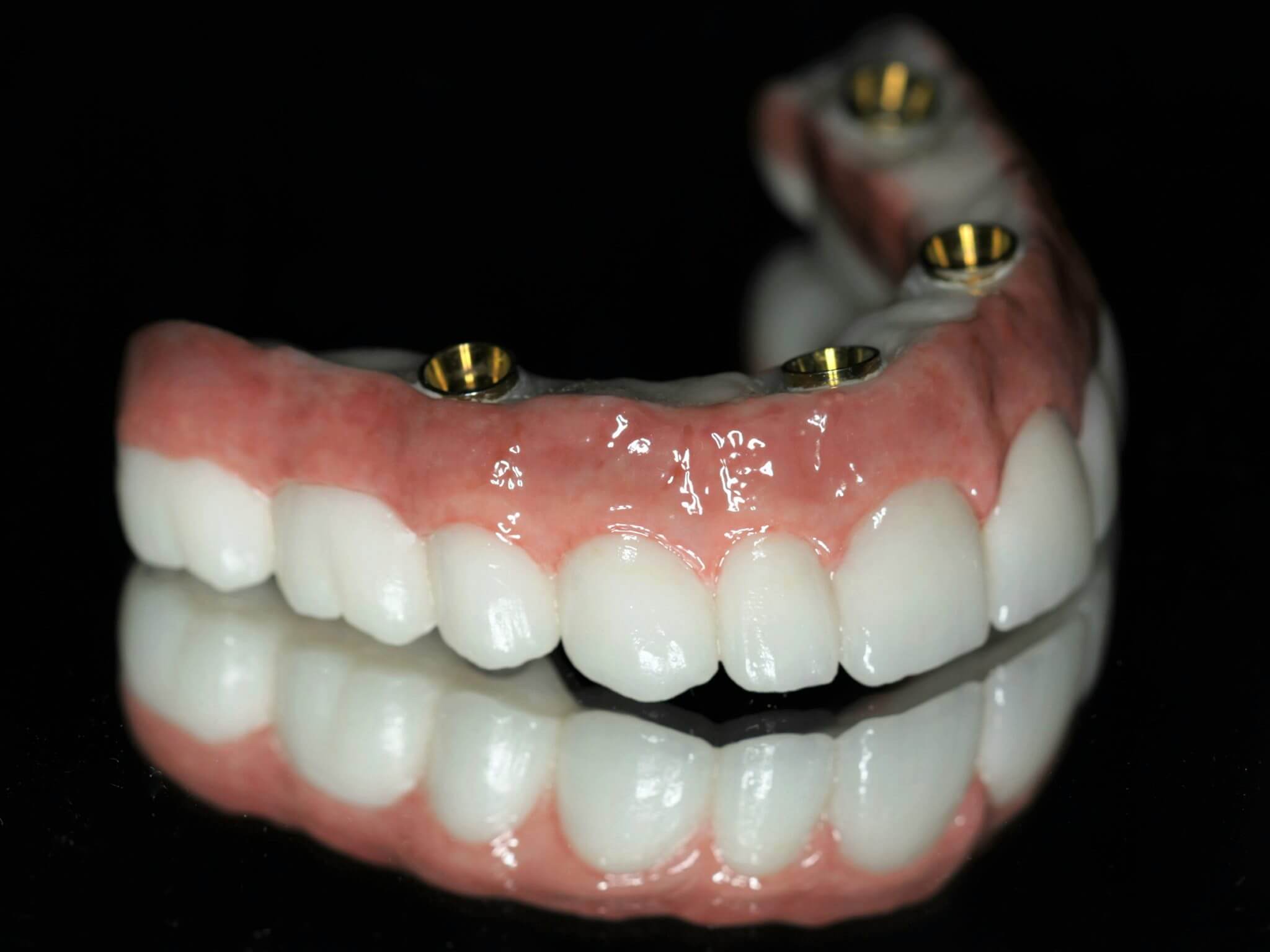What Does Dental Sense Do?
What Does Dental Sense Do?
Blog Article
A Biased View of Dental Sense
Table of ContentsDental Sense for BeginnersFascination About Dental SenseThe Of Dental SenseDental Sense Things To Know Before You Get This
are medical gadgets operatively dental implanted into the jaw to restore a person's capacity to eat or their look. They provide assistance for man-made (fake) teeth, such as crowns, bridges, or dentures. When a tooth is lost as a result of injury or disease, a person can experience issues such as quick bone loss, defective speech, or changes to chewing patterns that cause pain.Oral dental implant systems contain an oral implant body and oral implant joint and might additionally include a joint addiction screw. Kids dental. The oral implant body is surgically placed in the jawbone in area of the tooth's origin. The oral implant joint is usually connected to the implant body by the joint fixation screw and extends via gums into the mouth to sustain the attached synthetic teeth
(https://www.openlearning.com/u/matthewmusic-spvoez/about/)Framework of The Oral Implant System choosing dental implants, speak with your oral service provider regarding the prospective benefits and risks, and whether you are a candidate for the procedure. Things to take into consideration: Your total health and wellness is an essential variable in establishing whether you are an excellent prospect for dental implants, for how long it will take to heal, and how long the implant might remain in location.
Cigarette smoking may influence the recovery procedure and lower the lasting success of the dental implant. The healing procedure for the implant body might take several months or longer, during which time you typically have a short-lived joint in area of the tooth. the oral implant procedure: Very carefully follow the dental hygiene directions given to you by your dental supplier.
The Basic Principles Of Dental Sense
Implant failure can result in the requirement for one more surgical procedure to repair or change the implant system. Restores the ability to chew Restores cosmetic look Assists keep the jawbone from reducing due to bone loss Maintains the health and wellness of the surrounding bone and periodontals Helps maintain nearby (nearby) teeth steady Improves top quality of life Damage to surrounding all-natural teeth throughout dental implant positioning Injury to the surrounding tissues throughout surgical treatment, such as sinus opening Injury during surgery (as an example, fracture of surrounding jawbone) Poor feature, such as really feeling like the teeth do not bite with each other typically A feeling that the tooth is loosened or turning in position arising from a joint screw loosening up Implant body failure (looseness of the dental implant body) as a result of systemic infection, which may be more probable in patients with unrestrained diabetes as a result of neighborhood infection in bone and gum tissues supporting the dental implant body because of postponed healing, which may be a lot more likely in individuals who smoke Trouble cleaning the gums around the implant, leading to bad oral health Unattended periodontal illness Post-surgical numbness because of nerve impingement or damage Always notify healthcare companies and imaging service technicians that you have dental implants before any type of magnetic vibration imaging (MRI) or x-ray treatments.
FDA is not knowledgeable about any type of unfavorable events reported for MRI or x-ray treatments with dental implants. Oral implants systems are generally constructed from products that follow global agreement criteria of the International Organization for Standardization (ISO) or ASTM International. These standards have details of what makes a risk-free material.

A dental implant is a structure that replaces a missing tooth. With screw-like gadgets, the cosmetic surgeon inserts an implant right into the jawbone, and it acts as an anchor for an artificial tooth, called a crown. A gadget called a joint links the artificial tooth to the oral implant. The crown is custom-made to fit the person's mouth and match the shade of their teeth.
Indicators on Dental Sense You Should Know
Some individuals are not eligible for oral implant surgical procedure. It is for oral specialists to operate individuals with: severe illnessuncontrollable metabolic diseasebone or soft cells disease or infectionIf these concerns are resolved, an individual can have the surgery. In, oral doctors refrain from operating people with: If individuals with any one of the above undertake dental implant surgery, there is a greater danger of the implant failing.

Oral implant surgical treatment is a tailored process. It's not the very same for everybody. The complying with provides a general summary of what you can anticipate your dental professional, oral doctor, periodontist or prosthodontist to do: Put the dental implant operatively. Give you time to heal. Attach the article and last crown, bridge or denture.
Next off, your surgeon will thoroughly put the oral implant into your jaw. If your implant is near the front of your mouth, your dentist will make a short-term tooth for you to wear up until you heal.
Some Known Incorrect Statements About Dental Sense
Your copyright can inform you what to expect in your scenario. Throughout the healing phase, your jawbone needs to fuse to the oral implant. This process, called osseointegration, is essential for security and long-term success. This procedure can take anywhere from three to 9 months. In many cases, it might take longer.
Once your dental implant heals, your dentist can affix the abutment (little adapter message) and your final remediation (crown, bridge or denture). This usually takes about one hour to finish and may require a second small surgical procedure. You shouldn't really feel any pain during your oral implant procedure due to the fact that your provider will use medicine to numb your gum tissues.
Report this page